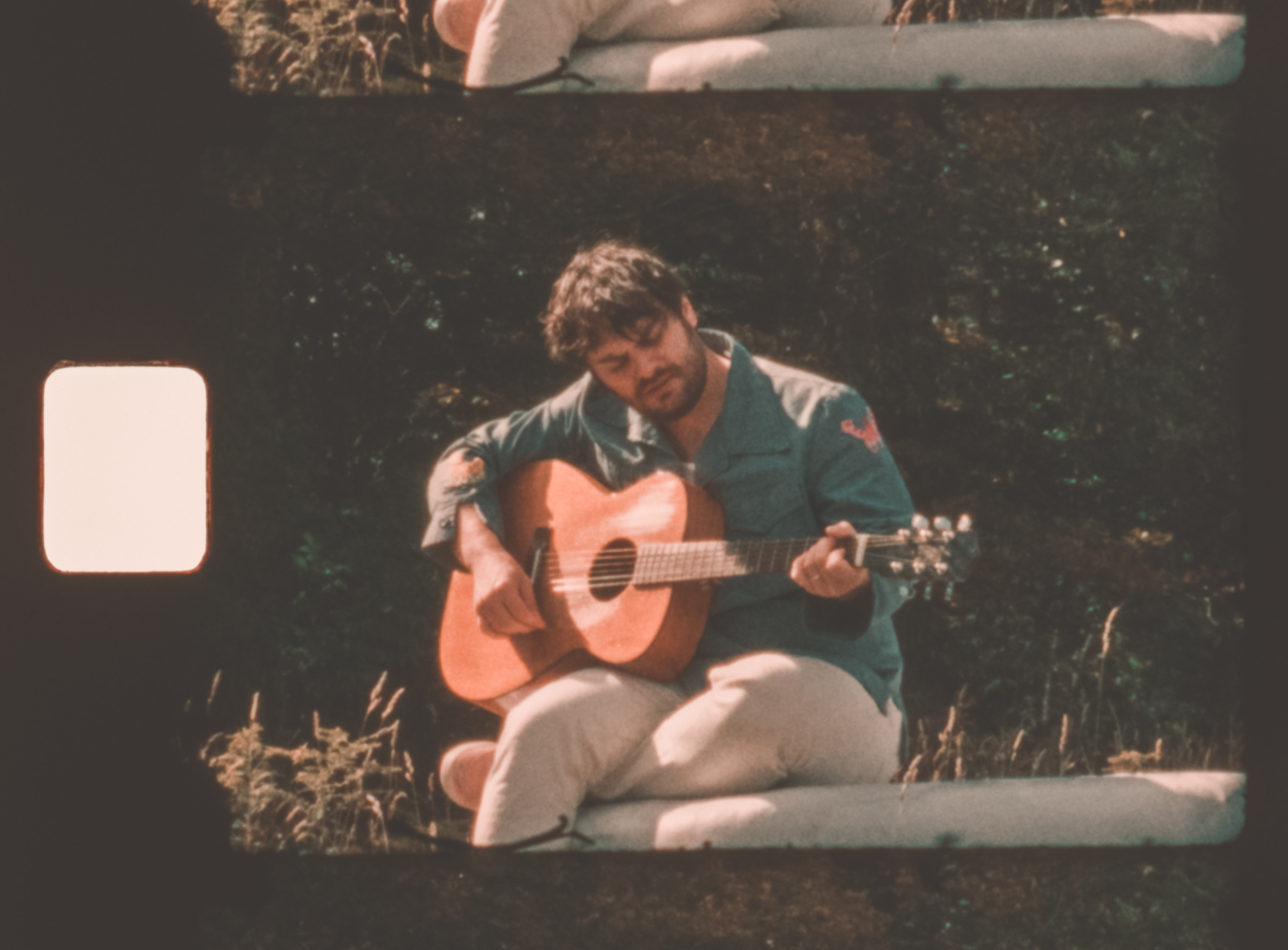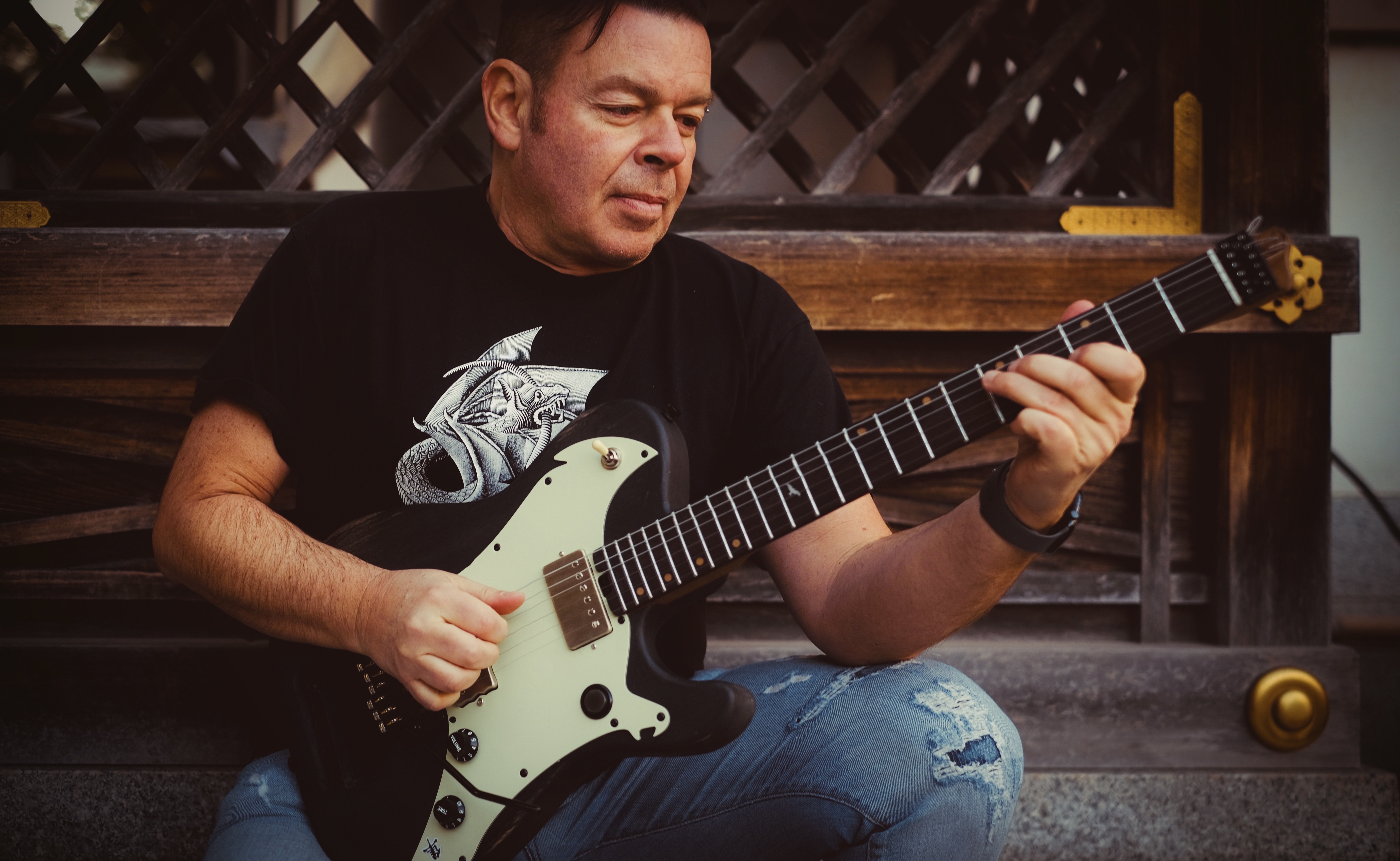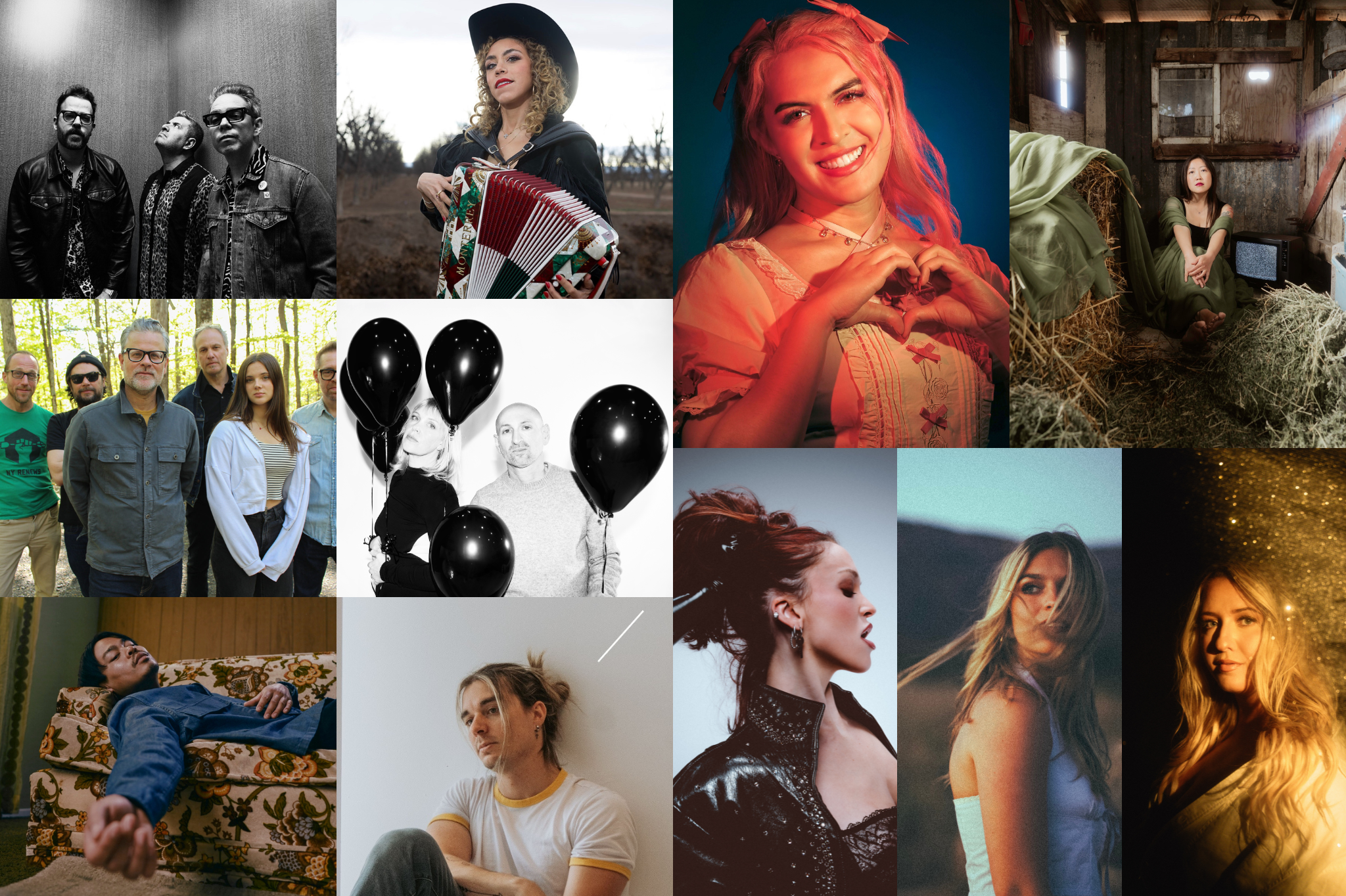John DeFaro is a Miami-based, self-taught queer artist whose work broaches themes of environmentalism and eco-consciousness. He recently won a $5000 artist grant from Green Space Miami, which asked artists to create works exploring the topic of power, including its “myriad dimensions, intricacies, structures, assumptions, and potential for transformative change.”
DeFaro’s resulting piece, No Coffee Table, will be on display at Green Space Miami throughout the Miami art season, with the opening reception taking place at the gallery on Thursday, November 14. TML spoke to DeFaro about his artistic background, the environmental focus of his work, and the creation of his latest piece.
On how his Southampton upbringing impacts his art:
I was born and raised on Eastern Long Island, which is a verdant place all to its own. I was fortunate because I was exposed to nature and the environment, from coastal to greens, to lawns, to gardening. It had a tremendous impact on my childhood. My mom was a big advocate of arts and culture. She took me to a museum on Eastern Long Island called the Parrish Art Museum, which celebrated many of the turn of the century landscape painters through the ‘50s, ‘60s, and now. That was a big exposure. I'm self-taught. I just didn't have the means to put myself into school.
My mom exposed me to gardening — myself, and particularly my brother Chris — early. At five years old we were weeding, but that proved fruitful because we became landscapers.
My roots as a gardener and interacting in the garden [impacted] my belief in garden-based healing. Grounding, earthing, touching the ground. Taking a few moments of pause. Letting you take that break. Forms of meditation, spiritual connection. I like to call it “eco-spiritual connection.”

On his work with storied art curator Henry Geldzahler:
I was lucky to work at a luxury retail store, you know, classic clothing. I worked in a store that offered [Ralph Lauren’s] line and other clothes. Back in the early- to mid-80s, I was looking at books on David Hockney. I noticed a lot of drawings of this particular person that was sort of a little bit older, always had a beard; sometimes glasses and a cigar. Very astute. His name was Henry Geldzahler.
One time, a man came into the store that I was working at, and he just struck me. He had purchased, I think, a pair of driving gloves. He handed me his card. It was Henry Geldzahler, Commissioner of Cultural Affairs. At the end of my workday, I went home and I'm like, ‘Is this the Henry Geldzahler in David Hockney's books?’ Sure enough, it was.
I wrote him a letter. Someone called me three days later — an astute, very profound voice. It was Henry. We went to lunch. He invited me over. I saw that he was working in a small apartment. He brought art out. On the walls were Frank Stella, John Chamberlain; drawings by Hockney underneath his couch. At the top of the staircase was a small Jean-Michel Basquiat.
I kind of became his gopher, eventually. His assistant. Part-time. Plus, I had my gardening pickup truck, which we got a kick out of.
I have many, many photos and slides in storage, that I have never shown, of my experience with Henry. You know, one day I'll get them out.
On his move to Miami:
In the early- to mid-80s we started facing the HIV/AIDS crisis. I think it was in ‘85, ‘86, and I can't remember exactly what I was doing — I have a feeling I was landscaping — but I was starting to experience intense fatigue.
Long story short, I tested positive. I got very sick for three months, but then, like many long-term survivors, I got better. My energy was down, but I started gardening immensely. And I started noticing that the more I got outside, the more I felt better.
Winters cause colds, and sinus infections, and they seem to be a little bit more prevalent for me. I had the opportunity, in 1996, to move to Miami. I took it.
One time, I was gardening here in Miami and I noticed everything grows so freaking fast. A spruce tree that would take 15 years to get seven feet — that can happen in a year or two here in Miami for specific plants. So as I was gardening, I said, ‘You know, I'm feeling better. I know I'm healing.’ And I said, ‘I found my green religion.’
On the environmental focus of his work:
My art practice in the last five years is incredibly focused on climate justice, green awareness. I'm able to draw on life experiences that have been so profound for me. I’m launching greenreligion.com. I'm working with Leyden Rodriguez, one of the co-founders of Dimensions Variable, an arts nonprofit that celebrates artists, artist studios, and arts advocacy.
A lot of my green paintings have to do with layering. [On No Coffee Table], I put 38 coats [of paint] because I'm a 38-year HIV survivor that moved to garden-based healing. I put one of my green paintings on the floor, and sometimes I put rope or string across them just to suggest all my years of mowing, because fossil fuel lawn equipment is more assaulting than cars. So I now use a battery one. Now, there's a discussion about the pros and cons of batteries and how they're made, and how to dispose of them. But we are in discussion, and that's all we really have to do, is just keep this going. It's just the desire and the love for the planet. We will find our ways. I found my way with this submission.

On No Coffee Table, on display at Green Space Miami:
I put one of my green paintings on the floor and I elevated it. It's funny. It's a coffee table, but it's awkward, so it's no coffee table. And then I started thinking: banned books. What books are okay on a coffee table — the piece of furniture that is first admired and anchors a living room?
Is it the photography book? Is it the landscaping book? Is it the book on flowers? Is it the book about the pretty photos of the Grand Canyon? They're all wonderful, they're all important, and they take a lot of work to produce. But why are some books not allowed within that educational system?
So I made it a satire. I put only two corner legs on this very big table adorned with big strips of rope to make the surface more awkward. It tips.
I incorporated a dear artist friend of mine, Nick Gilmore. He's a master woodworker, printmaker, teacher, and incredible environmental advocate. I always reach out to him when I need help with fabrication with wood.
A phenomenon happened — the table and the legs were straight when they were hooked together. Now, the corners with no legs are drooping because it's made out of birch and the paint is weighing down. How ironic that the metaphor of my life, my survival, my 38 years as a survivor, is weighing down this table and enforcing how this table is obsolete. It's enforcing the awkwardness.
SAVE THE DATE:
What: Unveiling Power: Examining Influence, featuring the works of: John DeFaro, Josh Aronson, Tony Chirinos, Cara Despain, Chris Friday, Ọmọlará Williams McCallister, Sheherazade Thenard, Pangea Kali Virga, MaiYap, Alexander Zastera.
When: Thursday, November 14
Time: 6pm
Where: At Green Space Miami, 7200 Biscayne Blvd., Miami.
More Info: Eventbrite





.png)




